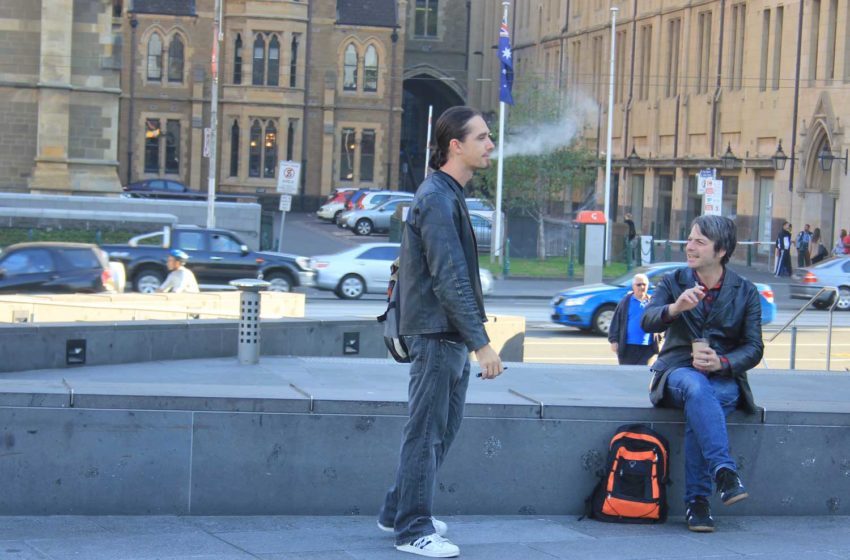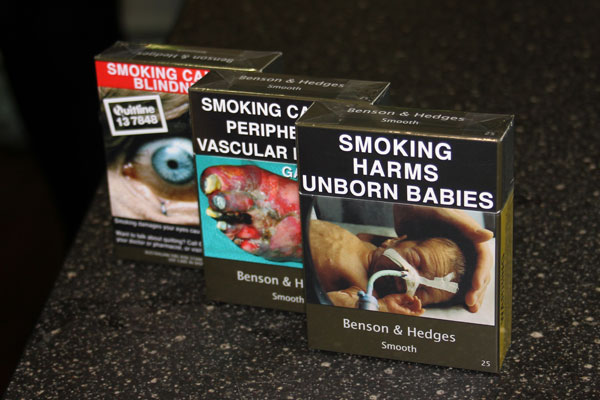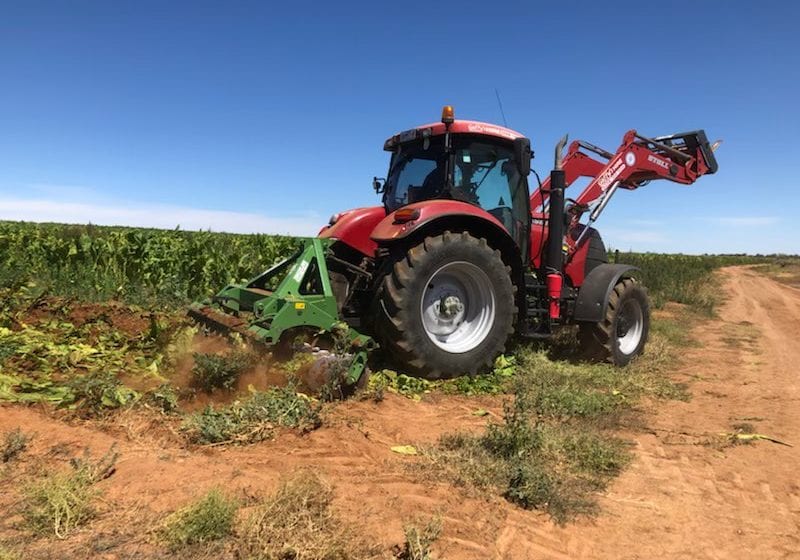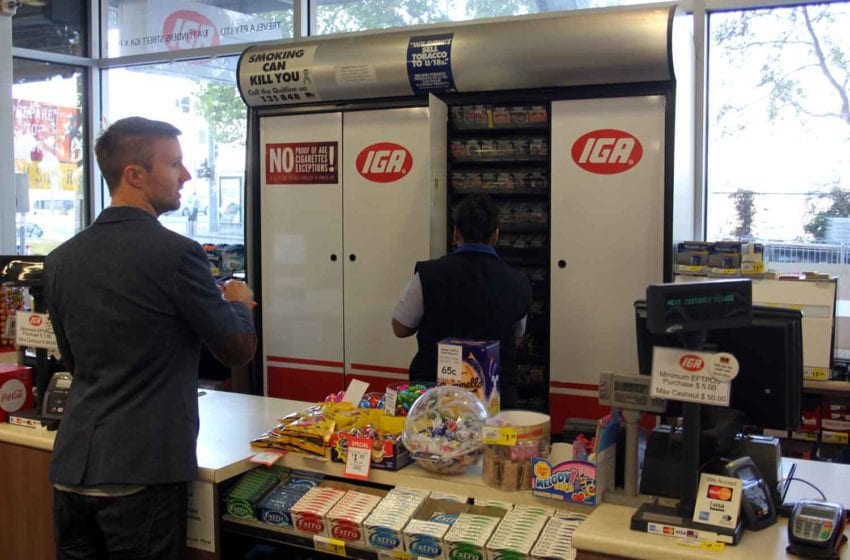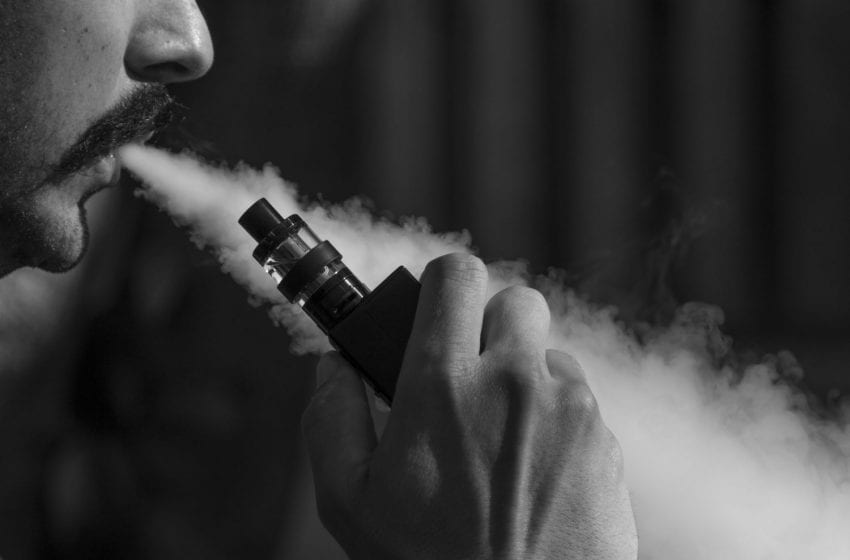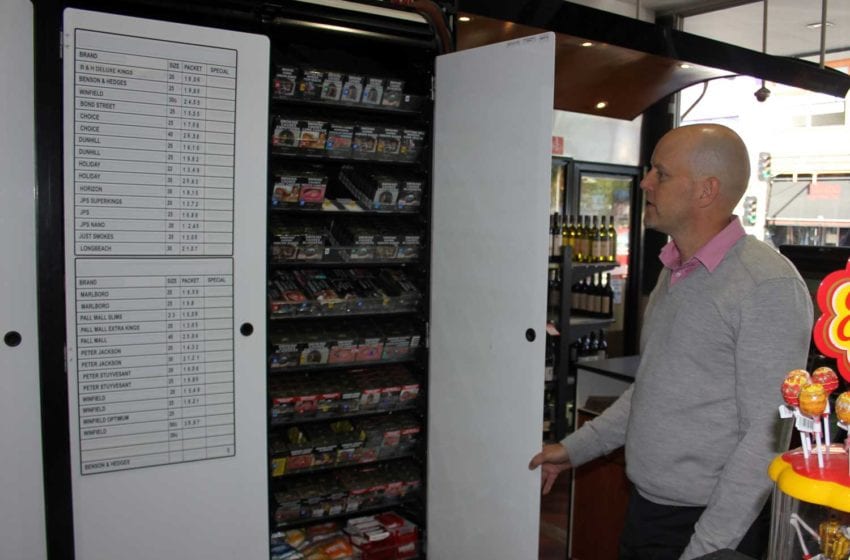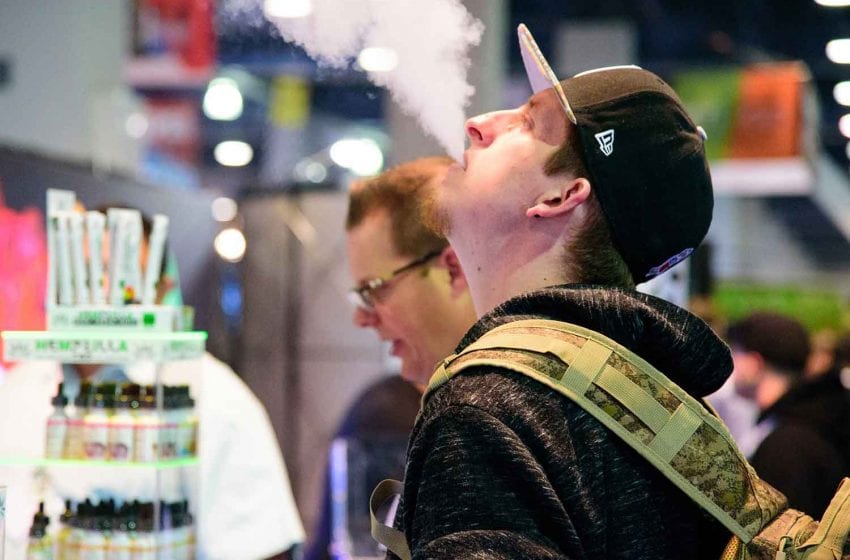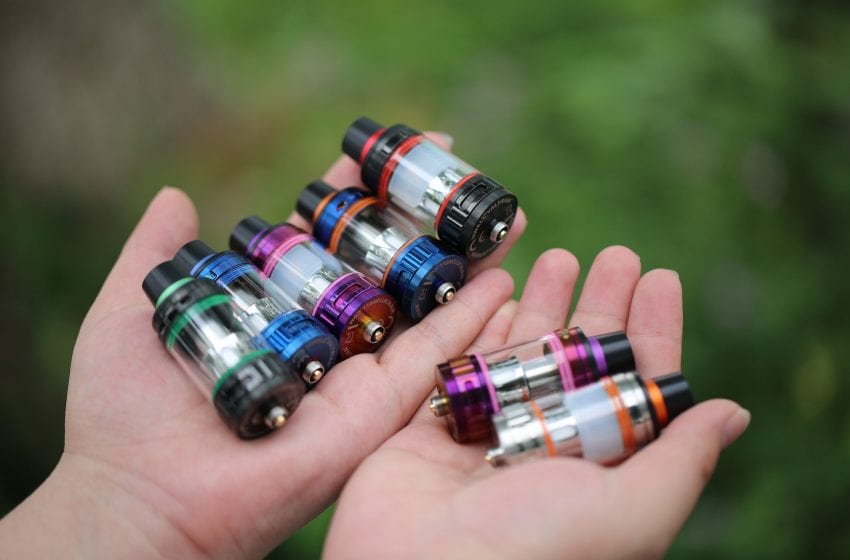Overseas products will soon require a prescription to enter Australia. Read More
Tags :Australia
The legislation accounted for about a quarter of the decline in smoking, says expert.Read More
Law enforcement uncovers the largest illicit crop to date in the country. Read More
The government will scrap contentious custom regulations for such products. Read More
The federal government aims to reduce the smoking rate to 10 percent by 2025. Read More
Vapor products in Australia will soon be available only on doctor's orders.Read More
Following a recent price hike, a 25-stick pack of Marlboro Gold cigarettes now costs AUD48.50 ($35.63) while the average 20-pack costs around AUD35.Read More
The Therapeutic Goods Administration in Australia has rejected an application from Philip Morris that would have allowed the sale of heated-tobacco products.Read More
New Zealand retailer's sales spike 130 percent following Australia's announcement. Read More
Products will be available to consumers only with a doctor's prescription. Read More
